
Dr. James McCaffrey of Microsoft Research presents the first in a series of four machine learning articles that detail a complete end-to-end production-quality example of neural regression using PyTorch.
- By James McCaffrey
- 02/02/2021

Dr. James McCaffrey of Microsoft Research continues his four-part series on multi-class classification, designed to predict a value that can be one of three or more possible discrete values, by explaining model accuracy.
- By James McCaffrey
- 01/25/2021
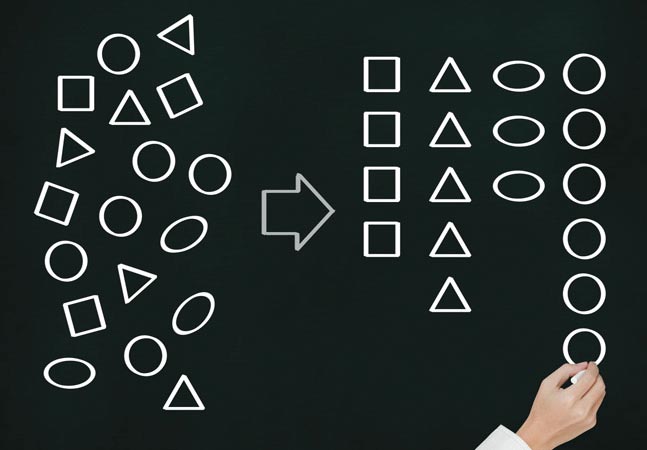
Blazor's Virtualize component will let you display long lists faster without writing a lot of code. If you want to take full advantage of the component, however, you'll need a relatively smart repository to back it up.

Dr. James McCaffrey of Microsoft Research continues his four-part series on multi-class classification, designed to predict a value that can be one of three or more possible discrete values, by explaining neural network training.
- By James McCaffrey
- 01/04/2021

Dr. James McCaffrey of Microsoft Research explains how to define a network in installment No. 2 of his four-part series that will present a complete end-to-end production-quality example of multi-class classification using a PyTorch neural network.
- By James McCaffrey
- 12/15/2020

Dr. James McCaffrey of Microsoft Research kicks off a four-part series on multi-class classification, designed to predict a value that can be one of three or more possible discrete values.
- By James McCaffrey
- 12/04/2020

In the final article of a four-part series on binary classification using PyTorch, Dr. James McCaffrey of Microsoft Research shows how to evaluate the accuracy of a trained model, save a model to file, and use a model to make predictions.
- By James McCaffrey
- 11/24/2020

Dr. James McCaffrey of Microsoft Research continues his examination of creating a PyTorch neural network binary classifier through six steps, here addressing step No. 4: training the network.
- By James McCaffrey
- 11/04/2020
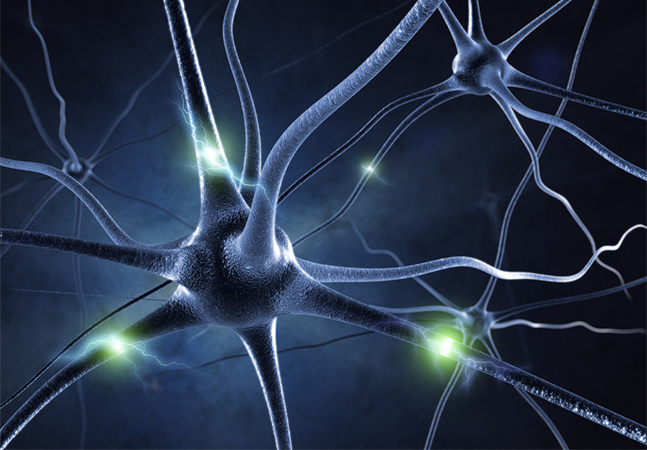
Dr. James McCaffrey of Microsoft Research tackles how to define a network in the second of a series of four articles that present a complete end-to-end production-quality example of binary classification using a PyTorch neural network, including a full Python code sample and data files.
- By James McCaffrey
- 10/14/2020

Dr. James McCaffrey of Microsoft Research kicks off a series of four articles that present a complete end-to-end production-quality example of binary classification using a PyTorch neural network, including a full Python code sample and data files.
- By James McCaffrey
- 10/05/2020
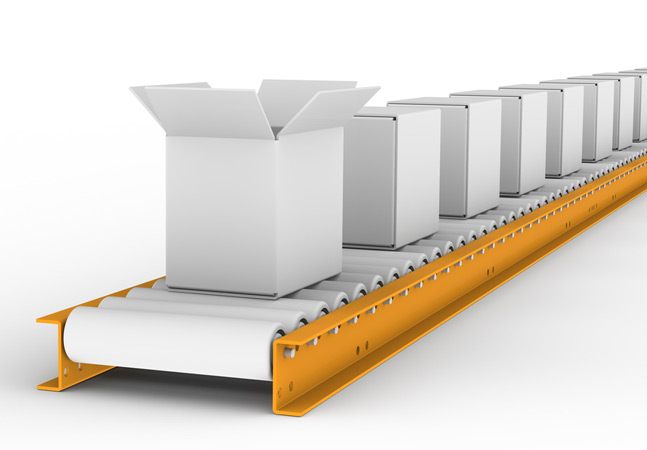
Dr. James McCaffrey of Microsoft Research provides a full code sample and screenshots to explain how to create and use PyTorch Dataset and DataLoader objects, used to serve up training or test data in order to train a PyTorch neural network.
- By James McCaffrey
- 09/10/2020

Thanks to Chris Sainty and Remi Bourgarel, working with local storage from a Blazor application running either in the browser or out of it is relatively easy. Testing your code can be equally easy but only if you set up support the real world of network connections.

Dr. James McCaffrey of Microsoft Research explains how to programmatically split a file of data into a training file and a test file, for use in a machine learning neural network for scenarios like predicting voting behavior from a file containing data about people such as sex, age, income and so on.
- By James McCaffrey
- 09/01/2020

Dr. James McCaffrey of Microsoft Research uses a full code program and screenshots to explain how to programmatically encode categorical data for use with a machine learning prediction model such as a neural network classification or regression system.
- By James McCaffrey
- 08/12/2020

Dr. James McCaffrey of Microsoft Research uses a full code sample and screenshots to show how to programmatically normalize numeric data for use in a machine learning system such as a deep neural network classifier or clustering algorithm.
- By James McCaffrey
- 08/04/2020

Not surprisingly, it's dead easy to create an app in Blazor that runs outside of the browser window and (potentially) in an offline mode. Before you get carried away, though, there are some key design decisions to make.

After previously detailing how to examine data files and how to identify and deal with missing data, Dr. James McCaffrey of Microsoft Research now uses a full code sample and step-by-step directions to deal with outlier data
- By James McCaffrey
- 07/14/2020
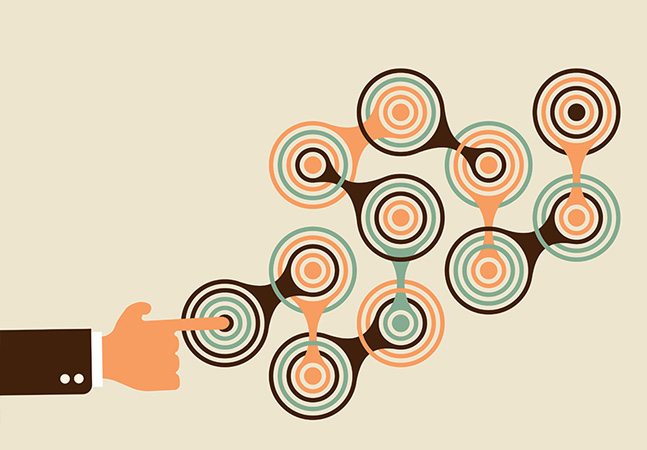
Turning his attention to the extremely time-consuming task of machine learning data preparation, Dr. James McCaffrey of Microsoft Research explains how to examine data files and how to identify and deal with missing data.
- By James McCaffrey
- 07/06/2020

Right now, in Visual Studio, you can create a solution that takes a single UI with its code and shares it across Windows, Android, macOS, iOS and web browsers. It's not a perfect cross-platform solution (yet), but it's here now.
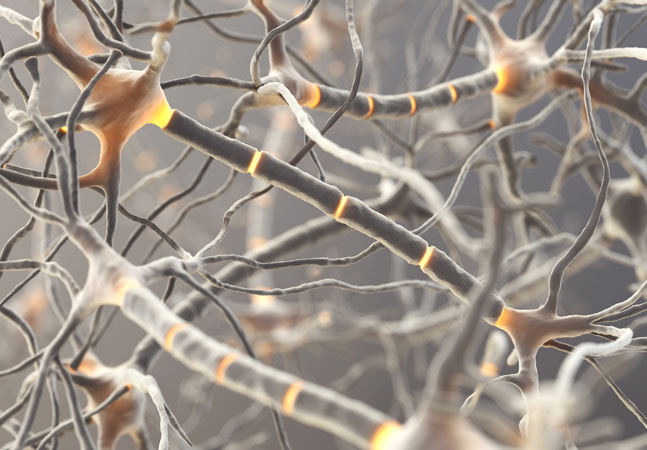
Dr. James McCaffrey of Microsoft Research presents the fundamental concepts of tensors necessary to establish a solid foundation for learning how to create PyTorch neural networks, based on his teaching many PyTorch training classes at work.
- By James McCaffrey
- 06/15/2020

Dr. James McCaffrey of Microsoft Research uses a complete demo program, samples and screenshots to explains how to install the Python language and the PyTorch library on Windows, and how to create and run a minimal, but complete, neural network classifier.
- By James McCaffrey
- 06/08/2020

Clustering non-numeric -- or categorial -- data is surprisingly difficult, but it's explained here by resident data scientist Dr. James McCaffrey of Microsoft Research, who provides all the code you need for a complete system using an algorithm based on a metric called category utility (CU), a measure how much information you gain by clustering.
- By James McCaffrey
- 06/03/2020

Dr. James McCaffrey of Microsoft Research explains the k-means++ technique for data clustering, the process of grouping data items so that similar items are in the same cluster, for human examination to see if any interesting patterns have emerged or for software systems such as anomaly detection.
- By James McCaffrey
- 05/06/2020

GraphQL gives clients who call your Web services the ability to specify what properties of your data objects they want. Here are two ways to let those clients also specify which data objects they want.

Dr. James McCaffrey of Microsoft Research uses code samples, a full C# program and screenshots to detail the ins and outs of kernal logistic regression, a machine learning technique that extends regular logistic regression -- used for binary classification -- to deal with data that is not linearly separable.
- By James McCaffrey
- 04/29/2020